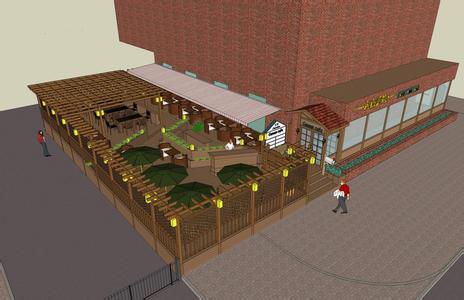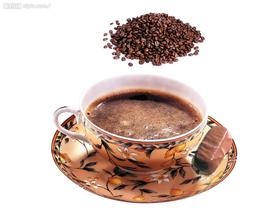Description of taste and flavor of Bolivian coffee beans introduction of grinding scale of varieties in producing areas
Detailed steps of hand-brewed coffee
Flavor: dry aromas of roasted nuts and almonds, soft acidity of orange and white pomelo on the palate, sweet caramel on the whole, smooth texture of nut milk, cleanliness and balance. The herbal aroma of Yuyun is also quite attractive.
Wash Bolivia by hand with a cup of water, it is recommended to wash Bolivia with 15g powder at 87 degrees water temperature, water powder ratio at 1:15, moderate grinding (small Fuji ghost tooth knife 3.54grinding), V60 filter cup, the first injection of 30g water for 25s, injection to 110g water cut off, waiting for powder bed water to half of water and then water injection, slow water injection until 230g water, not in the tail section, extraction time 2Jiang 00s.
Altitude: 3812m

Producing area: Lake Titicaca

Baking degree: medium baking
Treatment: washing
Variety: iron pickup
Producer: tapping Baigabana small farmers
Flavor: dry aroma of roasted nuts and almonds. Lake Titicaca, with oranges and pomelos, is the highest and largest freshwater lake in South America, one of the highest freshwater lakes in the world and the highest navigable lake in the world. it is the third largest lake in South America (after Lake Maracaibo and Patus lagoon).
Important Notice :
前街咖啡 FrontStreet Coffee has moved to new addredd:
FrontStreet Coffee Address: 315,Donghua East Road,GuangZhou
Tel:020 38364473
- Prev

Grinding scale Flavor description of Himalayan caffeine in El Salvador
El Salvador coffee Himalayan coffee grinding scale flavor description taste treatment variety baking degree Salvadoran coffee is ranked alongside Mexico and Guatemala as the producer of Asa and Merdo, and is fighting for the top one or two places in China and the United States with other countries. The highlands of origin are large coffee beans of all sizes, which are fragrant and mild in taste. With Guatemala and Costa Rica
- Next

Introduction to the varieties of Rosa coffee beans produced by the method of grinding scale flavor description
The species of Geisha was discovered in the Rose Summer Forest of Ethiopia in 1931 and sent to the Coffee Institute in Kenya; it was introduced to Uganda and Tanzania in 1936, in Costa Rica in 1953, and Panama was introduced in the 1970s by Francesca of Dongba Seven Farm Garden. Mr. Serraxin got the seeds from CATIE in Costa Rica and started growing Rosa Coffee because
Related
- Detailed explanation of Jadeite planting Land in Panamanian Jadeite Manor introduction to the grading system of Jadeite competitive bidding, Red bid, Green bid and Rose Summer
- Story of Coffee planting in Brenka region of Costa Rica Stonehenge Manor anaerobic heavy honey treatment of flavor mouth
- What's on the barrel of Blue Mountain Coffee beans?
- Can American coffee also pull flowers? How to use hot American style to pull out a good-looking pattern?
- Can you make a cold extract with coffee beans? What is the right proportion for cold-extracted coffee formula?
- Indonesian PWN Gold Mandrine Coffee Origin Features Flavor How to Chong? Mandolin coffee is American.
- A brief introduction to the flavor characteristics of Brazilian yellow bourbon coffee beans
- What is the effect of different water quality on the flavor of cold-extracted coffee? What kind of water is best for brewing coffee?
- Why do you think of Rose Summer whenever you mention Panamanian coffee?
- Introduction to the characteristics of authentic blue mountain coffee bean producing areas? What is the CIB Coffee Authority in Jamaica?

